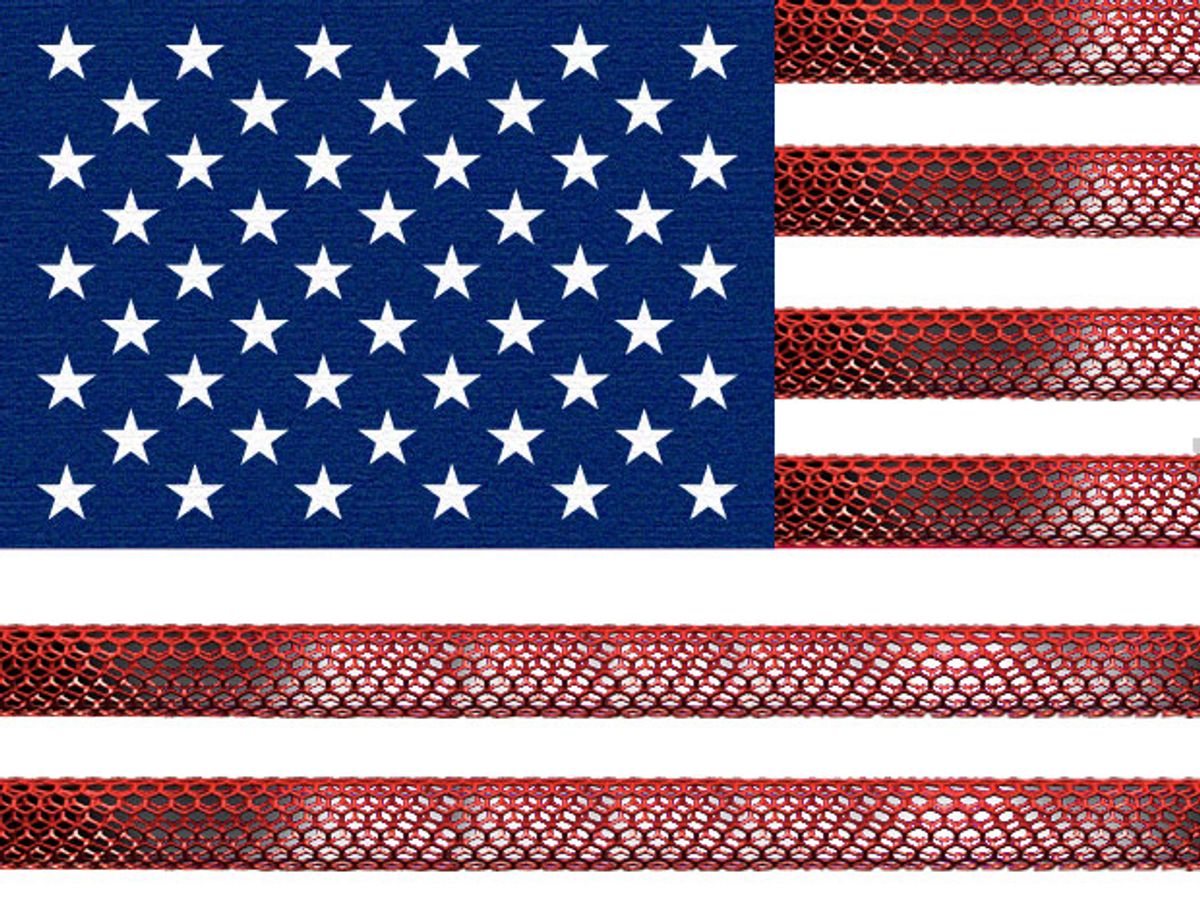The U.S. Government Accountability Office (GAO) made public yesterday a report on the state of nanotechnology in the United States compared to the rest of the world.
The GAO prepared the report, "Nanomanufacturing and U.S. Competitiveness: Challenges and Opportunities," at the request of the U.S. Congress, and GAO chief scientist Timothy M. Persons presented its findings in a testimony before the Subcommittee on Research and Technology of the House of Representatives.
I was interviewed extensively by two GAO economists for the accompanying report "Nanomanufacturing: Emergence and Implications for U.S. Competitiveness, the Environment, and Human Health," where I shared background information on research I helped compile and write on global government funding of nanotechnology.
The interview and e-mail correspondence gave me the opportunity to discuss many of the issues I raise on a regular basis here on this blog: the innovation gap, the so-called "nanotech race" between countries, and strategies for creating a more effective innovation infrastructure for emerging technologies like nanotechnology.
While I acknowledge that the experts who were consulted for this report are more likely the source for its views than I am, I was pleased to see the report reflect many of my own opinions. Most notable among these is bridging the funding gap in the middle stages of the manufacturing-innovation process, which is placed at the top of the report's list of challenges.
I was also encouraged by the report recognizing early on that the United States is "struggling to compete in some industry areas (notably, advanced batteries)," an area for which I believe nanomaterials and nanotechnology can make a significant contribution.
While I am in agreement with much of the report's findings, it suffers from a fundamental misconception in seeing nanotechnology's development as a kind of race between countries. Given that an assessment of U.S. competitiveness was the GAO's charge for this report, I guess it was inevitable that it would address the issue of nanomanufacturing as an "arms race" between the United States and other nations.
Nonetheless, somewhat ironically, the report suggests that one of the ways forward is more international cooperation, at least in the development of international standards. And in fact, one of the report's key sources of information, Mihail Roco, has made it clear that international cooperation in nanotechnology research is the way forward.
For those who might be expecting to see more discussion in the report of the enabling technologies that will support and expand nanomanufacturing (microscopy tools and new processes for producing nanomaterials, among others) will be disappointed. The report focuses mostly on economic policy and how it can be implemented to promote greater development in nanotechnology. It is more the "dismal science" rather than science.
Unfortunately, the omission of a substantial technology discussion in the GAO report means we might relegate its findings to the growing list of government studies that caution about "funding gaps" but offer little insight on what we should spend the money we do have to grow capabilities and infrastructure in key areas like nanomanufacturing.
Dexter Johnson is a contributing editor at IEEE Spectrum, with a focus on nanotechnology.



